The UNESCO World Higher Education Conference (#WHEC2022) started yesterday, aiming to reshape ideas and practices in higher education to ensure sustainable development. To feed into the discussions, we have released a new policy paper on the role and impact of non-state actors in tertiary education. One of the interesting findings illustrates the not-often mentioned role of non-state actors in teacher education, particularly in the Global South, which this blog explores.
As the new paper shows, non-state teacher training institutions operate in at least 22 sub-Saharan African, 17 Latin American and 7 South Asian countries. Non-state actors have made an important contribution to teacher education programmes in conflict-affected countries. In Afghanistan, non-state teacher training colleges were established in each province, along with rural college satellites to facilitate access for those in remote areas. In Angola and Mozambique, DAPP, a non-governmental organization (NGO), has played a key role in teacher training, in collaboration with the governments. In Somalia, where the main public institutions for teacher education were destroyed during the civil war, non-state actors have trained most teachers since 2002.
These teacher training programmes tend to be government regulated: State and non-state providers largely follow a centralized curriculum or qualification framework. In India, the government regulates minimum qualifications for trainers in both sectors, as well as the level of fees. In Mozambique, state and non-state institutions follow the same criteria and conditions for admission. In recent years, non-state teacher training institutions have been closed in Chile, Colombia and Ecuador for failing to meet minimum quality standards. In Costa Rica, poorly regulated non-state institutions offer programmes from which students graduate in considerably less time than required by public programmes.
But, non-state teacher training programmes are increasingly available by distance, which raises concern about the lack of a practical component. In response, some countries, including Chile and Mexico, have banned such programmes. In Brazil, where the law gives preference to teacher education conducted in person, as the figure below shows, 67% of entrants in initial teacher education enrolled in distance courses; of those, over 95% were at non-state institutions. In Botswana, difficulties in regulating the large number of online programmes offered by non-state institutions leave many unaccredited and likely substandard. Pakistan developed national standards in 2016 to accredit distance teacher education programmes and thus increase regulatory oversight over them.
The recommendations from our new paper, which echo those of the 2021/2 Global Education Monitoring Report, aim to harness non-state actors’ contributions without sacrificing standards or accessibility. They call on governments to ensure that, regardless of how state and non-state actors share responsibility, the tertiary education system continues to strive for more quality and equity.
- Design laws, policies and programmes from an equity and inclusion perspective. Ensure that tertiary education financing does not favour some learners and exclude others. Increased cost sharing with households must be met with strong student financial support systems. Any attempts to diversify provision should be designed in a way that ensures equity.
- Establish quality standards that apply to all state and non-state education institutions. Countries need stronger quality assurance processes. For-profit universities have come under scrutiny for offering lower-quality education and engaging in malpractice.
- Establish common monitoring and support processes that apply to all state and non-state education institution Regulations need to be simple, transparent and efficient. Lack of monitoring capacity has led to corruption in cases involving non-state actors in tertiary education, with issues such as illegal admissions, aggressive marketing, unfair treatment of staff and embezzlement of subsidies.
- Maintain the transparency and integrity of the public education policy process to block vested interests. Policymakers need to take into account insights and perspectives from all stakeholders, not just the powerful. Governments need to maintain trust in public policy processes through measures that promote transparency, including safeguarding against lobbying and revolving door practices.
The post Teachers are often trained in private institutions appeared first on World Education Blog.


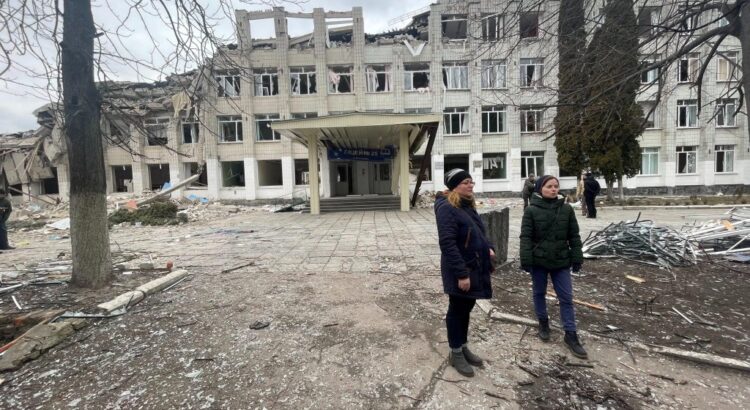


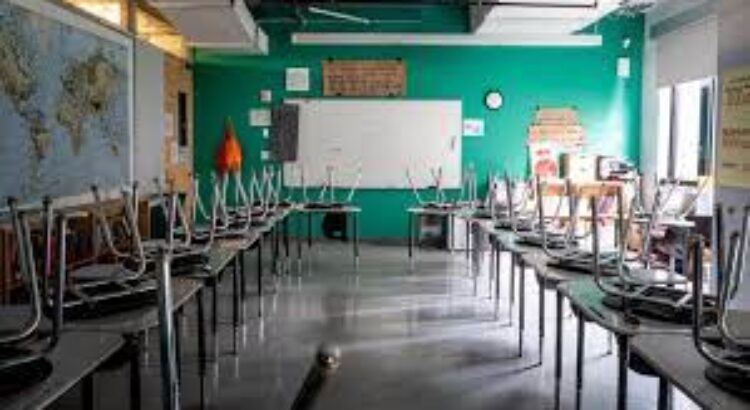




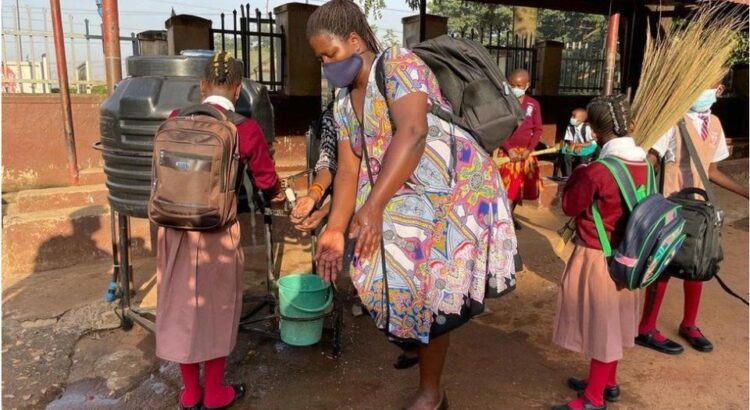
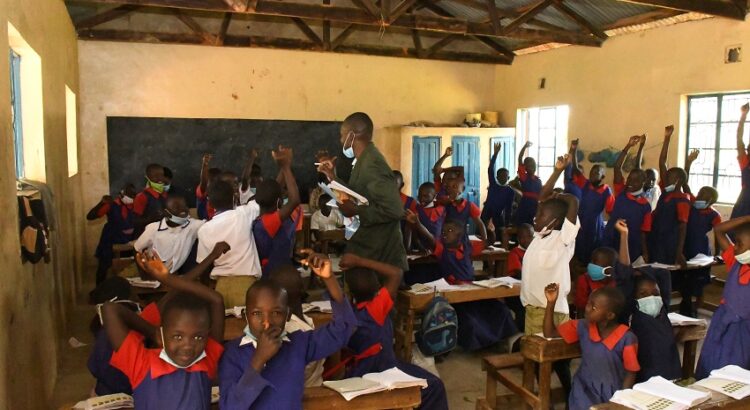

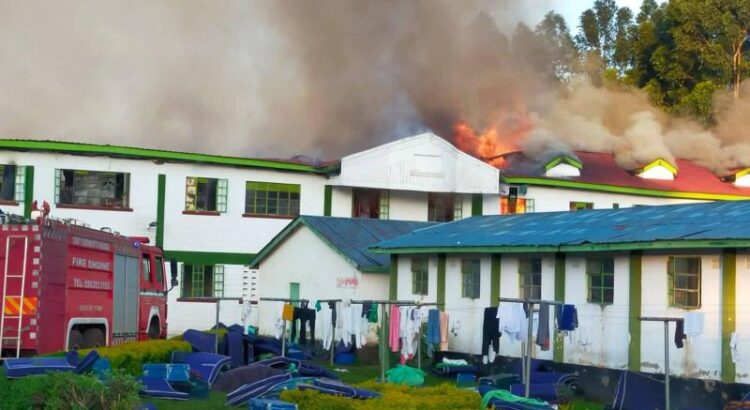







 Users Today : 6
Users Today : 6 Total Users : 35404629
Total Users : 35404629 Views Today : 6
Views Today : 6 Total views : 3334216
Total views : 3334216